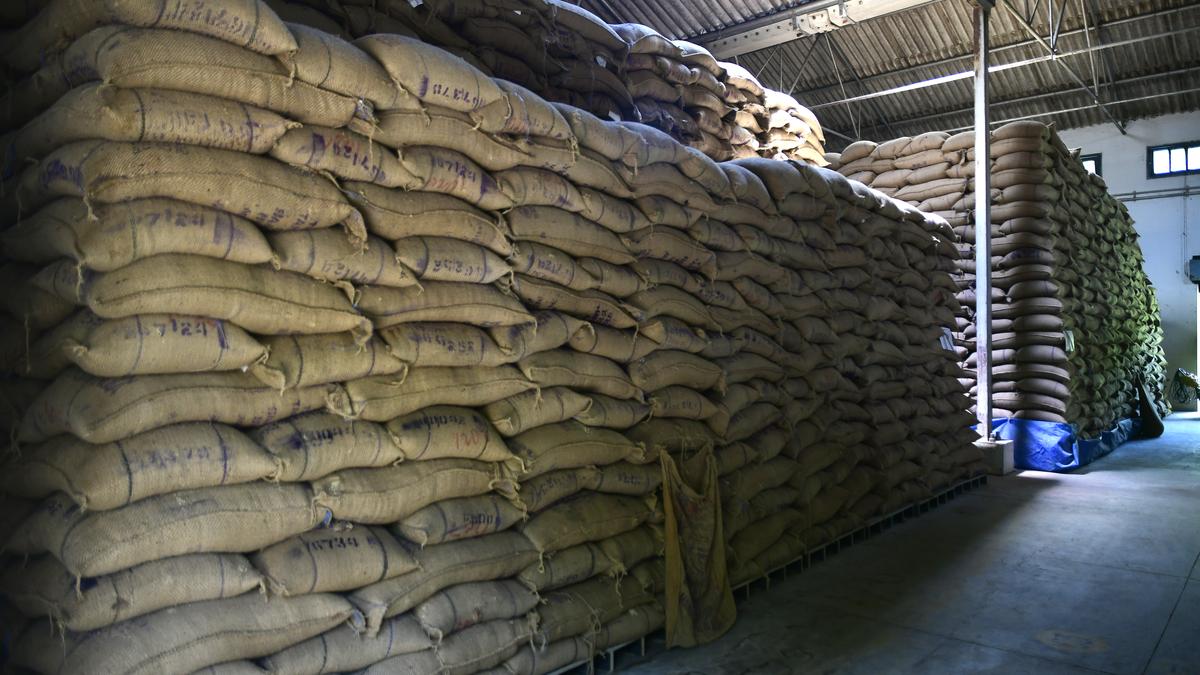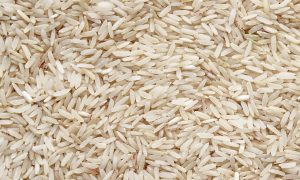Philippine : State rice buffer stock for next year to cost ₱27 billion–NFA

The National Food Authority (NFA) is requesting ₱27 billion for 2026 to procure 900,000 metric tons of palay, meeting the 15-day rice buffer stock mandate under the amended Rice Tariffication Law. With a current ₱14.6 billion budget, NFA plans infrastructure upgrades to store 880,000 MT of palay. The agency’s market role now focuses on supporting vulnerable communities.
The National Food Authority (NFA) is seeking a budget of P27 billion from the national government for its 15-day rice buffer stock requirement for 2026.
“[Our proposal for next year]is P27 billion, which will cover the 900,000 metric tons [MT] of palay that we will procure from our farmers,” NFA Administrator Larry Lacson told reporters in a press conference on Wednesday.
Currently, the grains agency has a total budget of P14.6 billion. Of which, P5.6 billion came from carryover funding last year, along with its P9-billion allocation under the General Appropriations Act (GAA).
“The remaining budget this coming harvest season is P9.8 billion…so, we don’t have a problem on procurement,” Lacson said. “Now, for 2026, we’re assuming that we have already exhausted this P9.8 billion for the remainder of the year.”
Under the amended Rice Tarrification Law (RTL), the NFA should maintain a buffer stock enough to cover 15 days of national rice consumption, up from the previous 9-day requirement.
The grains agency buys clean and dry palay at P23 to P30 per kilo, while the price of fresh and wet palay ranges from P17 to P23 per kilo. This price scheme changes weekly per province under the NFA Council-approved Price Range Scheme (PRICERS) for palay procurement activity.
This year, the NFA is targeting to procure as much as 880,000 MT of palay.
Storage facilities
Meanwhile, the NFA noted that it is upgrading the grains agency’s storage infrastructure, including warehouses and handling facilities, to accommodate a higher stockpile of 555,000 MT of milled rice, or 880,000 MT of paddy rice.
When the RTL was first implemented in 2019, the NFA held buffer stocks equivalent to just over 492,000 MT, much of it consisting of imported rice.
However, the grains agency’s role has significantly changed under the RTL as it has been stripped of its power to intervene in the market.
Agriculture Secretary Francisco Tiu Laurel Jr. said the government’s rice reserves allow the state to support vulnerable communities via government-run programs.
“We continue to explore ways to better manage the NFA’s aging rice stocks, while ensuring that the most disadvantaged Filipinos receive the assistance they need.”
To Read more about Rice News continue reading Agriinsite.com
Source : Business Mirror
















